Unlocking the Clarity of Progressive Glasses: Your Solution for Presbyopia
- BY Dr. Sophia Moh
- IN Lenses

If you’ve hit your 40’s and you’re experiencing difficulty reading fine print or struggling with close-up work, progressive reading glasses could be the solution. Unlike conventional bifocal or trifocal lenses that offer only two or three levels of focus, progressive lenses provide a smooth transition between distance, intermediate, and near vision. Let’s delve deeper into the world of progressive glasses, their benefits, and considerations when choosing them.
Understanding Progressive Glasses
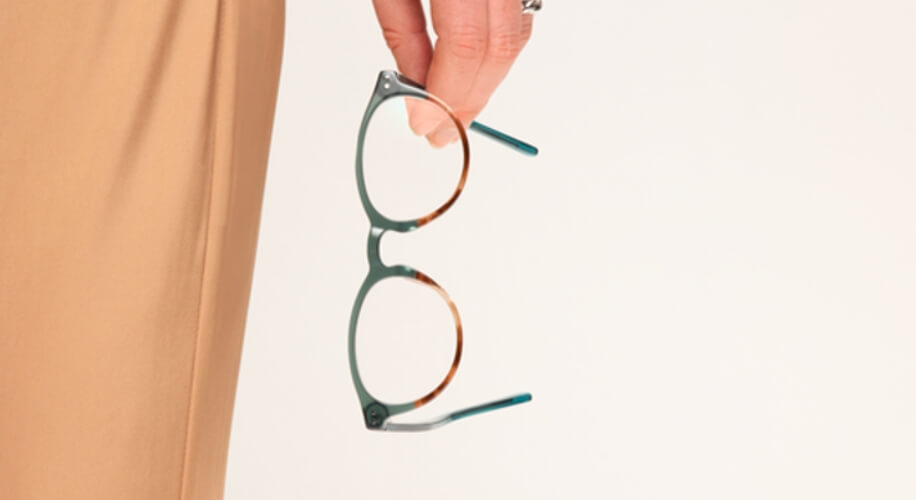
Progressive glasses, often referred to as ‘no-line bifocals’, are a type of multifocal spectacle lens that offers a seamless progression of several lens powers for all viewing distances. These glasses have a gradient of power that begins with your distance prescription at the top and gradually increases to your near prescription at the bottom. This gradual change allows your eyes to comfortably shift focus between different distances, making activities like reading, working on a computer, or driving more comfortable.
The Benefits of Progressive Lenses
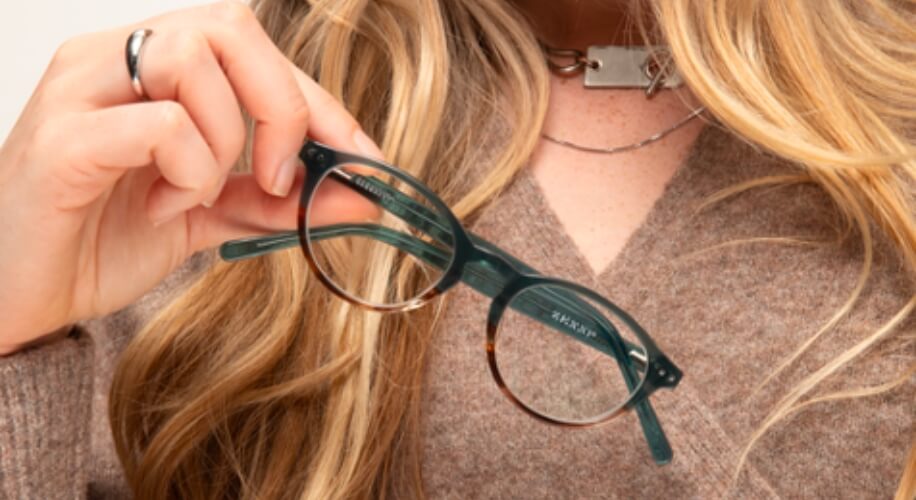
- Seamless Vision: Progressive reading glasses eliminate the abrupt ‘jump’ in focus experienced with traditional bifocals or trifocals, providing a more natural viewing experience.
- Aesthetically Pleasing: As they don’t have visible lines separating different viewing zones, these glasses are often more attractive and less noticeable than traditional multifocal glasses.
- Versatility: By accommodating all your vision needs in a single lens, progressive glasses eliminate the need for multiple pairs of glasses.
Choosing the Right Progressive Glasses
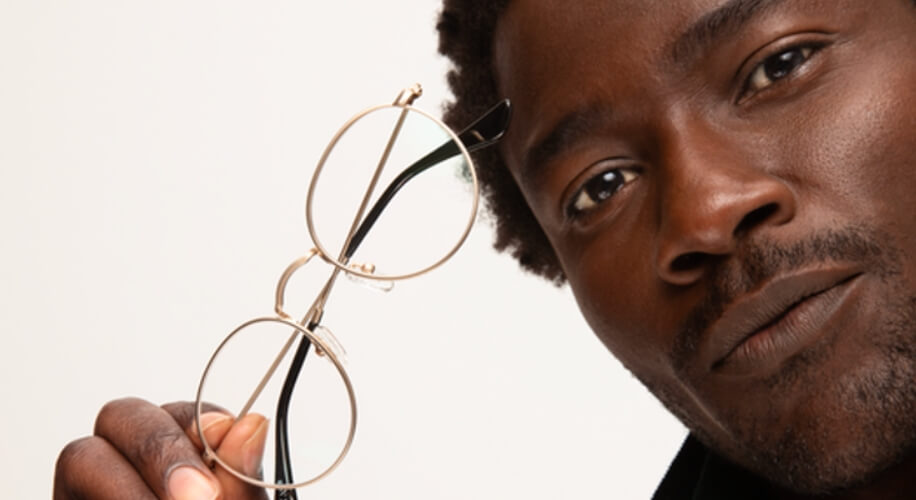
When selecting a frame, ensure that the lens height is sufficient to fully incorporate the progressive lens, preventing any truncation of the progressive powers. Inadequate frame height could compromise the near vision of the progressive lens.
At Zenni, you have two primary choices for progressive lenses: standard and premium. Opting for premium progressives offers superior quality with an expanded viewing zone and minimized peripheral distortions, facilitating a smoother adaptation to the lens.
Adaptation Period for First Time Users
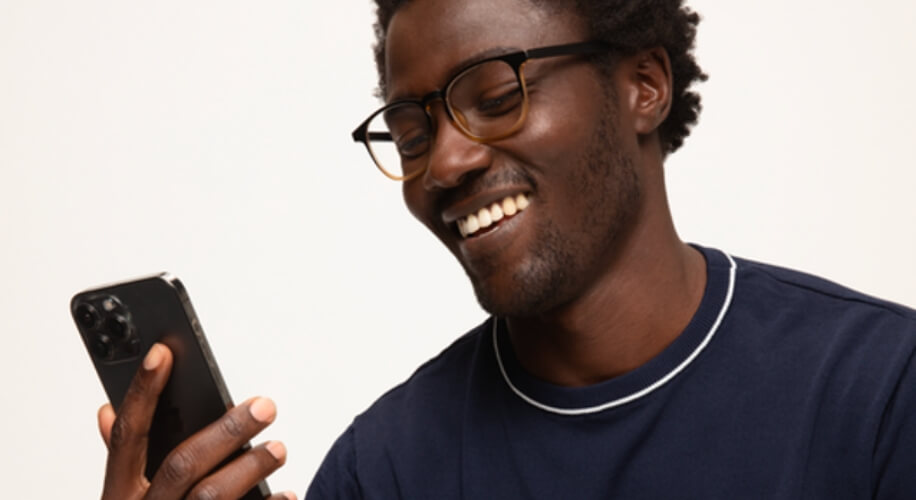
The adaptation period for first-time progressive lens users is a crucial phase, allowing your eyes to adjust to the varying prescription strengths within a single lens. During this period, you may experience peripheral distortion or blurriness as your eyes adapt to the transition from distance to near vision. While the duration of this adaptation varies, most users experience improved vision within a few days to weeks, making the initial adjustment well worthwhile. If you encounter persistent issues, consulting your eye care professional for guidance and adjustments is recommended.
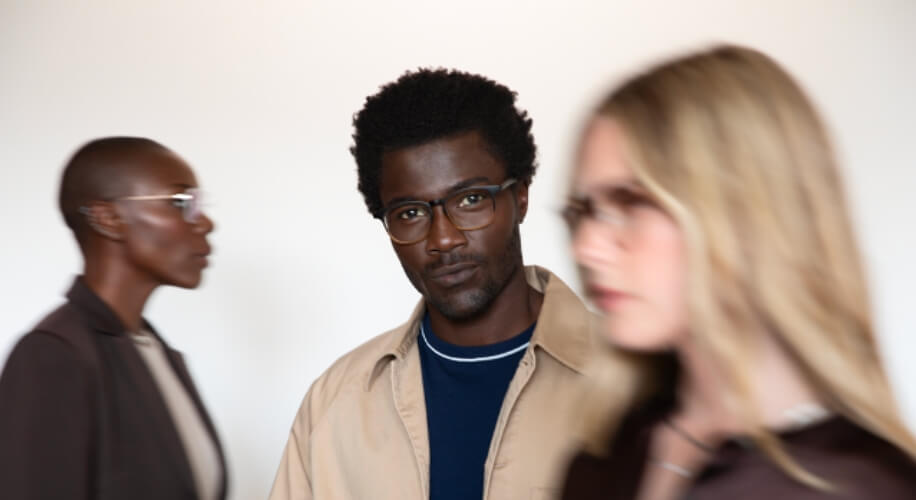
In summary, progressive glasses provide a versatile and aesthetically pleasing solution for presbyopia-related vision challenges. When choosing these lenses, consider frame height to avoid truncating the progressive powers. Opting for premium progressives enhances the quality of vision, and while an initial adaptation period may involve blurriness or distortion, most users experience improved vision over time. You can find affordable progressive glasses at Zenni Optical, making this transition to multifocal lenses a valuable investment in visual comfort.
About the Author: Dr. Sophia Moh, OD, ABOC
Dr. Sophia Moh, OD, is an optometrist based in the Bay Area, California. She holds a doctorate from UC Berkeley School of Optometry and has worked in various eye care settings, including primary care optometry, general ophthalmology, community health clinics, and Veterans Affairs. Dr. Moh is dedicated to improving global vision health by making high-quality, affordable eyewear accessible to all. She is also a certified American Board Optician (ABO) and actively contributes to optical education through training and lectures.
